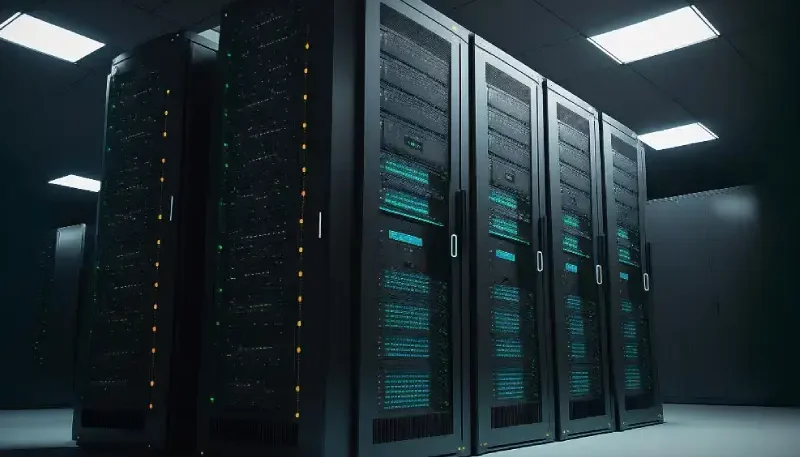In the ever-evolving landscape of information technology, server installation plays a pivotal role. Servers are the unsung heroes behind the scenes, quietly powering the digital world we have come to rely on. Whether in a corporate setting, data center, or even at home, understanding the significance of proper server installation is paramount. In this article, we’ll delve into the reasons why server installation is so crucial in today’s digital age.
Reliability and Performance: One of the primary reasons server installation is essential is to ensure the reliability and performance of a network or system. Servers are designed to handle heavy workloads, and their hardware and software are optimized for stability and speed. A well-installed server will ensure that the applications and services running on it perform efficiently, leading to higher productivity and user satisfaction.
Data Security: Data security is a top priority for businesses and individuals alike. A proper server installation includes implementing security measures to safeguard sensitive information. This can include firewalls, encryption, and access controls, all of which help protect your data from unauthorized access and cyber threats.
Scalability: Server installation is not a one-size-fits-all endeavor. Servers must be configured to accommodate the current needs of the organization or user while leaving room for scalability. As your needs grow, a properly installed server can be expanded or upgraded without significant disruptions, ensuring your infrastructure can adapt to changes in demand.
Centralized Management: Servers enable centralized management of resources and services. This means that IT administrators can efficiently manage and monitor the entire network from a single point, making maintenance and troubleshooting much more straightforward. This leads to reduced downtime and improved productivity.
Redundancy and Failover: Server installation often includes redundancy and failover mechanisms. These safeguards ensure that if one server fails, another takes over seamlessly, preventing service interruptions. Redundancy is critical in mission-critical applications and data centers where downtime can be costly.
Remote Access: In an increasingly interconnected world, the ability to access server resources remotely is invaluable. Proper server installation facilitates remote access, allowing users to work from anywhere, provided they have a secure connection. This flexibility can enhance productivity and work-life balance.
Data Backup and Recovery: Server installation includes setting up data backup and recovery solutions. Regular backups are essential to protect against data loss due to hardware failures, human error, or malicious attacks. A well-configured server will make it easier to restore data in case of an unforeseen event.
Resource Sharing: Servers enable efficient resource sharing. Through network-attached storage (NAS) or other methods, files and resources can be shared among multiple users or devices. This collaborative environment is crucial for businesses and organizations to work cohesively.
Energy Efficiency: Proper server installation includes considerations for energy efficiency. Modern servers are designed to consume less power while delivering high performance. This not only reduces energy costs but also contributes to a greener and more sustainable IT infrastructure.
Compliance and Legal Requirements: Many industries have strict regulations and compliance standards regarding data handling and storage. Server installation must adhere to these requirements to avoid legal issues and penalties. Ensuring compliance is essential for businesses operating in highly regulated sectors like healthcare and finance.
Cost Savings: Investing in proper server installation can lead to long-term cost savings. Efficient servers can reduce maintenance costs, minimize downtime, and improve productivity. By maximizing the lifespan of your hardware and optimizing its performance, you’ll get the most value out of your IT investments.
Support and Maintenance: Servers require regular maintenance and updates to remain secure and efficient. A well-planned server installation will include a strategy for ongoing support and maintenance, ensuring that the server continues to meet the organization’s needs over time.
In conclusion, server installation is the cornerstone of a robust and reliable IT infrastructure. Whether you’re a small business, a large corporation, or an individual user, understanding the importance of proper server installation is vital. It directly impacts the performance, security, scalability, and efficiency of your digital operations. Investing in a well-planned and executed server installation can lead to a more productive and secure computing environment, ultimately benefiting both your bottom line and your peace of mind in an increasingly digital world.




